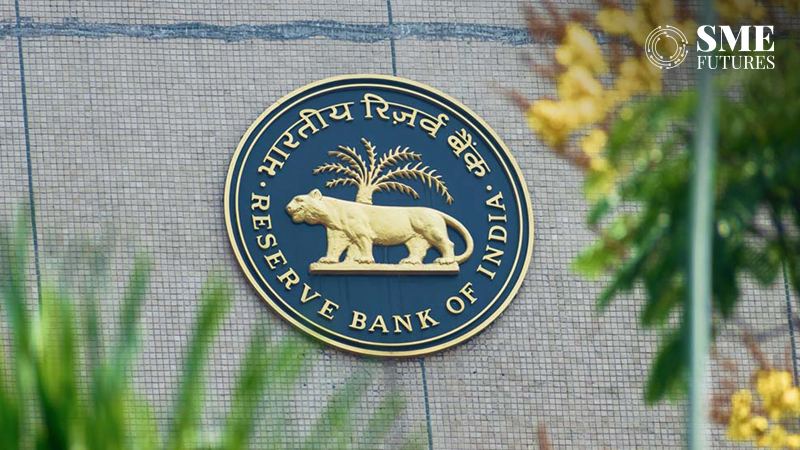On Monday, the Reserve Bank of India (RBI) released a draft circular titled ‘Regulatory Principles for Management of Model Risks in Credit’ aimed at addressing potential risks from the use of various credit models by lenders. This initiative is designed to ensure robustness and prudence in the deployment and management of credit models by regulated entities (REs).
Ensuring robustness in Credit Model Deployment
The RBI highlighted the need for regulated entities to adhere to broad principles when employing credit models. This move is part of an effort to safeguard against uncertainties inherent in model outputs, which are based on assumptions that may not always hold true in real-world scenarios. Such uncertainties expose entities to model risk, impacting credit risk management, compliance, and reputational integrity.
Key requirements for regulated entities
- Board-approved policy:
- Regulated entities must draft a comprehensive, board-approved policy for all risk management model frameworks. This policy should include the rationale for adopting third-party models and cover the entire model life cycle.
- Model approval and validation:
- The deployment and any subsequent changes to credit models must be approved by the risk management committee of the entity’s board.
- Each model should be validated prior to deployment and after any material amendments or periodic reviews. Annual reviews of all models, whether in-house or third-party, are mandatory. Additionally, an independent vetting or validation process must be established.
- Supervisory review:
- Models deployed by regulated entities will be subject to supervisory review by the RBI. The circular will come into force three months from its issuance date.
Addressing over-reliance on algorithm-based models
The RBI has recently cautioned non-bank finance companies (NBFCs) against over-reliance on algorithm-based credit models and advised against over-lending in specific segments. This new circular reinforces the need for balanced and well-regulated model usage in credit risk management.
Industry insights on RBI’s circular
Joydip Gupta, Head of APAC at Scienaptic, commented on the development, stating, “The RBI’s circular institutionalises what we have been advocating all along and takes India closer to the governance seen in the most advanced economies.”
Gupta emphasised three key areas:
- Methodical Governance:
- The circular establishes a disciplined approach to building, modifying, and monitoring models, ensuring proper checks and balances despite potentially adding some bureaucratic overhead.
- Model Robustness:
- The RBI emphasises the need for robust model building, highlighting the importance of external expertise, model flexibility, scalability, and integration with other systems like liability and core banking. The circular also addresses consistency, bias handling, explainability, and verifiability.
- Model Validation:
- The focus on thorough model validation is particularly refreshing. Many entities invest heavily in model building but often overlook the validation process. The RBI’s circular advocates for global best practices in model development, monitoring, and governance, which is crucial for maintaining control in India’s rapidly growing lending market.
The RBI’s draft circular on ‘Regulatory Principles for Management of Model Risks in Credit’ marks a significant step towards enhancing the prudence and robustness of credit risk models used by regulated entities. By establishing clear guidelines for policy formulation, model validation, and supervisory review, the RBI aims to mitigate model risks and ensure the stability and integrity of the credit management process. This initiative aligns India’s credit risk management practices with global standards, fostering a more resilient and trustworthy financial environment.











